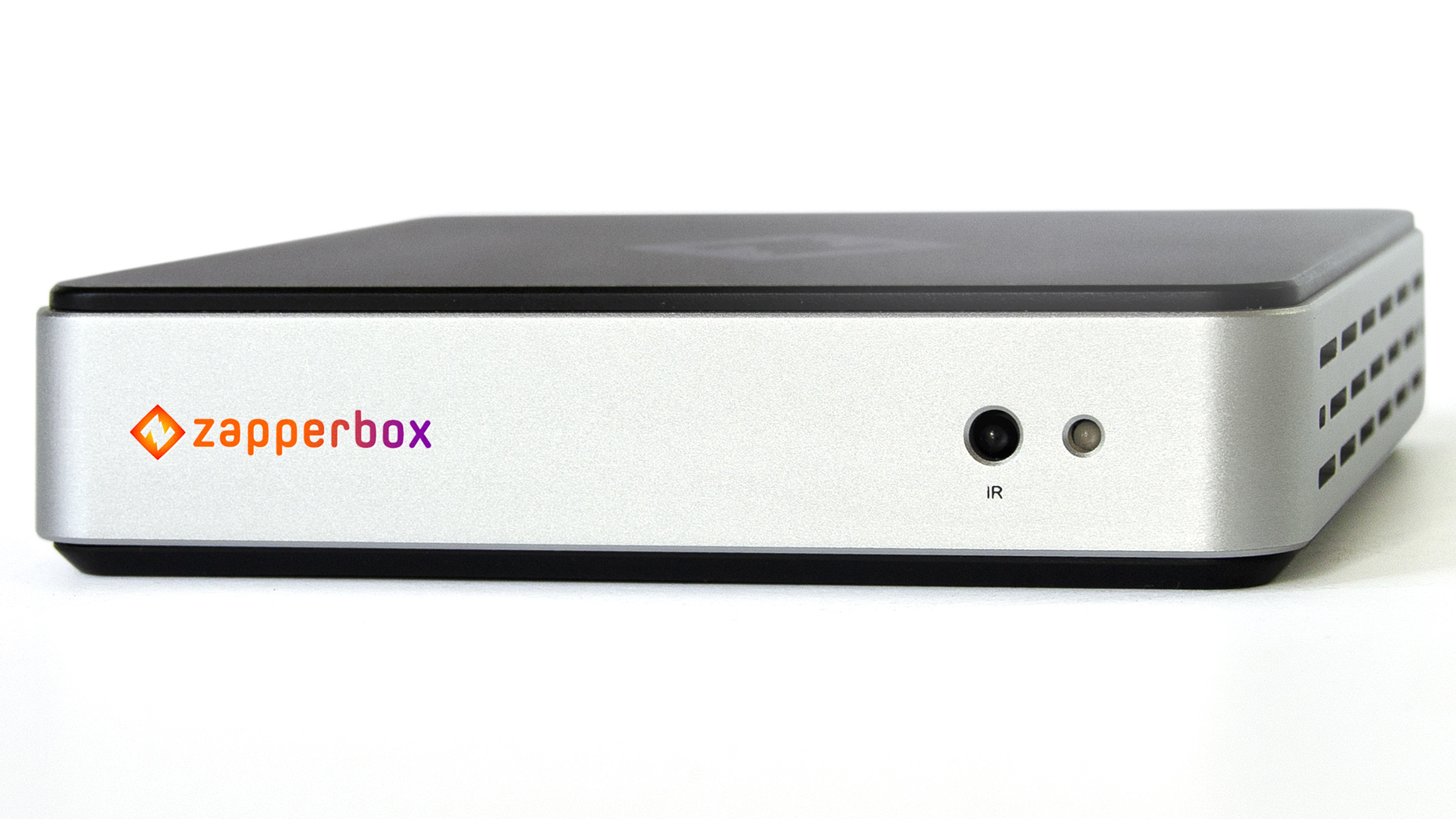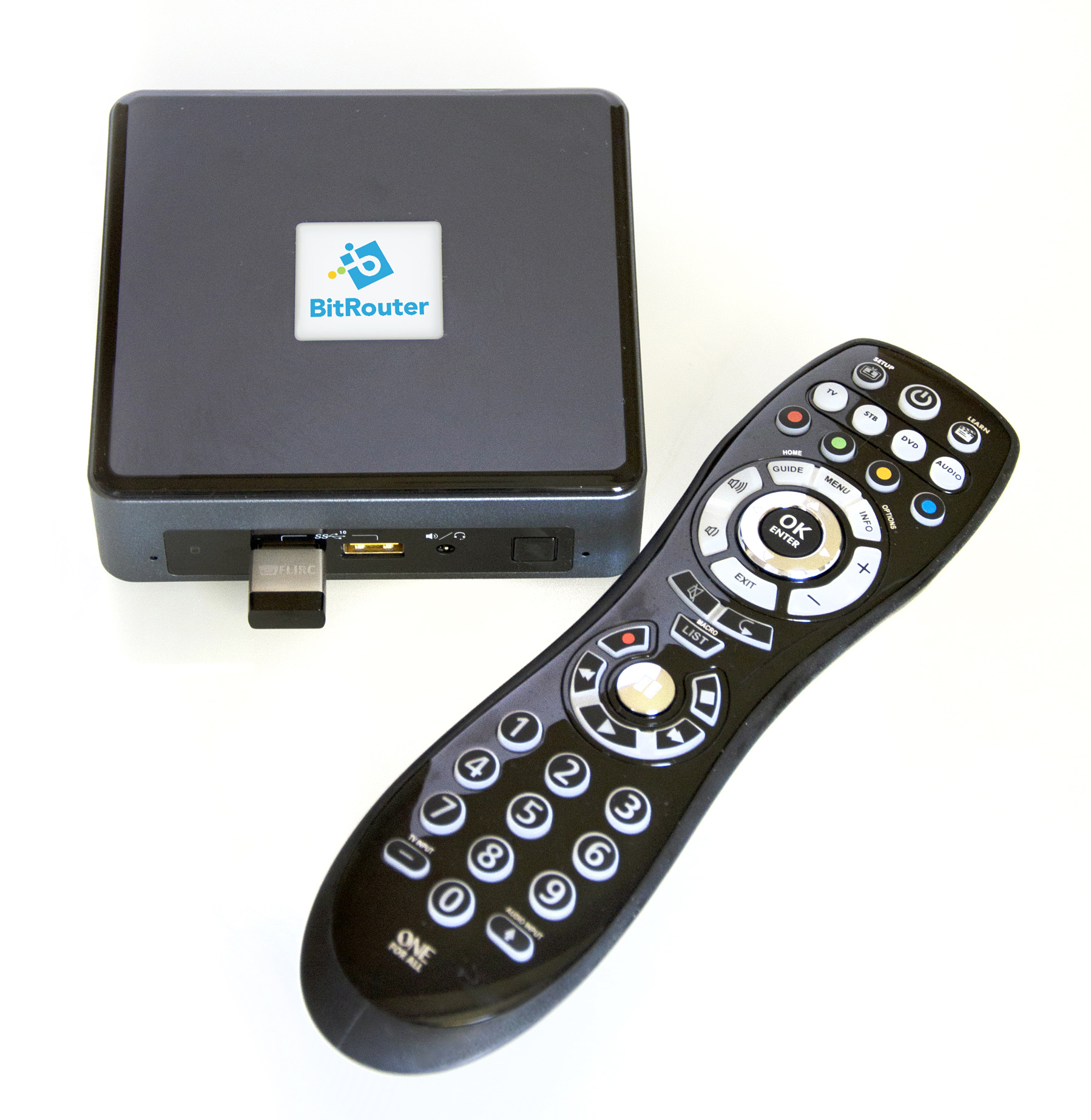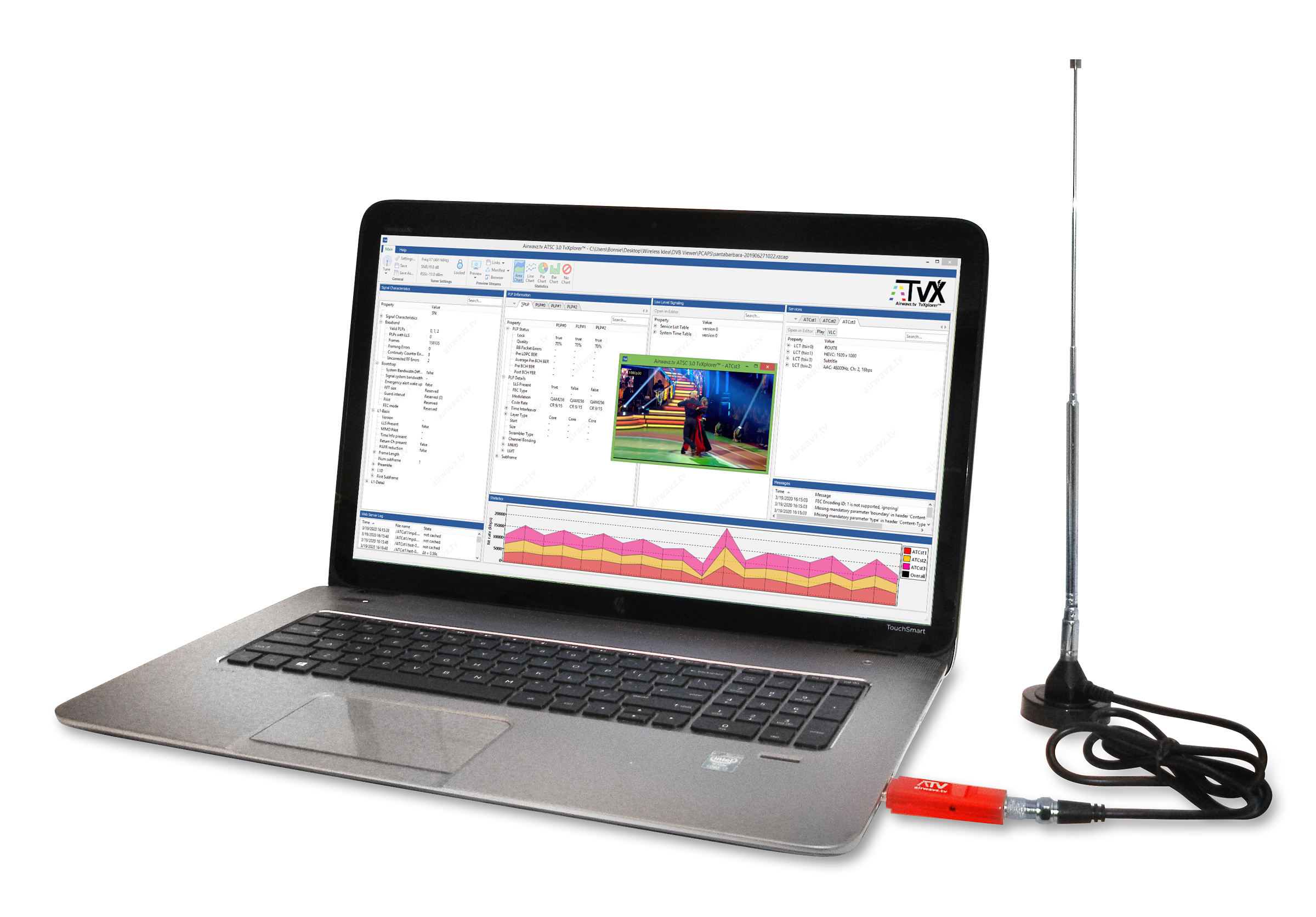NextGen TV Receivers Not Ready for Consumers
While TV sets will hit retail floors soon, low-cost gear for the masses is still elusive

WASHINGTON—ATSC 3.0 (aka NextGen TV) promises a future of resolution-agnostic broadcasts that include video resolutions up to 8K, high dynamic range, and targeted emergency alerting and advertising. As an approved standard that is optional for broadcasters to use, there is now a smattering of TV stations in the U.S. transmitting ATSC 3.0—but how many viewers are watching?
We all know how the chicken-and-egg discussion goes, but if you build it, will they really come? It’s been widely announced that some television set manufacturers (notably LG, Sony and Samsung) will have TV sets with built-in ATSC 3.0 tuners sometime in 2020, but what about the tens of millions of HD and 4K sets that are already in homes and businesses? And what about broadcasters that want to test an ATSC 3.0 signal?
FROM PRO TO CONSUMER
We are now starting to see professional solutions that will receive ATSC 3.0 and provide data on location, signal strength and other technical parameters. At the International CES in January, a handful of companies showed outboard ATSC 3.0 receivers for consumers, but with no pricing or delivery details. However, the professional ATSC 3.0 suppliers will likely lead the way with their form factors, if not their pricing.
“We’re licensing our software to OEMs who will bring consumer products to market,” said Gopal Miglani, president of BitRouter, a manufacturer of professional ATSC 3.0 receiver systems. “One such OEM customer is ZapperBox.”
For consumer applications, Miglani said that ease of use is the biggest consideration.

“We want to hide all the complexity and keep all the advantages up front,” he said. “ZapperBox will use the same software and chips that are used in [our] gen-3 ATSC3pro. However, it will not have any digital interfaces like USB ports that may preclude it from being certified for content security. That will be the biggest difference between the BitRouter ATSC3pro and consumer units.”
BitRouter’s ATSC3pro’s form factor is that of a set-top box. In fact, it is the same form factor that ZapperBox uses, except that the ATSC3pro has USB ports for data connectivity so that a computer can process the reception data from the unit.
Get the TV Tech Newsletter
The professional video industry's #1 source for news, trends and product and tech information. Sign up below.
Currently, ZapperBox has a webpage up to raise awareness of the unit, but there is no pricing or delivery date.
IN THE REDZONE
If using a USB dongle is more to your liking, there is the RedZone Receiver Plus RZR-1400. A new model that was released in March, it is based on a tuner and demodulator chipset from Sony.
Like the BitRouter ATSC3pro, Airwavz.bTV’s RedZone RZR-1400 is targeted at professionals and not consumers, although it is small and has a consumer-friendly USB dongle form factor.

“[Compared to our previous model], the RZR-1400 provides better support for multiple physical layer pipes [PLP] situations, uses significantly less power, and gives a more detailed look at signal parameters as well as better access to signal-quality metrics,” said John Casey, chief technology officer and cofounder of RedZone. “And the RZR-1400 is capable of receiving ATSC 3.0, ATSC 1.0, DVB-T, DVB-T2, ISDB-T, and several varieties of QAM for cable TV.”
All that sounds very tasty for high-end consumers who have both cable and off-air capability, but both the RedZone RZR-1400 and BitRouter’s ATSC3pro are priced for professional use, and have features that consumers would never need, such as measuring and recording error rates and multipath data. Neither of the units has the ability to record off-air programs, which is a necessity for consumer use.
Still, Casey wouldn’t rule out some version of his company’s hardware ending up in a consumer-friendly format.
“We aren’t in a position to announce upcoming products at this time but as ATSC 3.0 rolls out to consumers there is nothing preventing the RZR-1400 RedZone Receiver Plus hardware from being paired with other software solutions to address early adapters and eventually wide consumer deployments,” he said.
The standard for ATSC 1.0 was finalized in 1996 (although there was a revision in 2009), and ATSC 3.0 got the FCC’s final approval in 2017. Obviously, a lot of technological advancement occurred between 1996 and 2017, and that shows up in capabilities of the current ATSC 3.0 receivers.
“We’ve been working on ATSC 1.0 receivers since 1996, and our ATSC 1.0 software shipped in around 30 million receivers under brands like Sony, Panasonic and RCA,” Miglani said. “We have been working on our ATSC 3.0 software since January 2017, and there are many differences between 1.0 and 3.0.”
Miglani said some of these include:
- The software is around 5x to 10x times more complex and takes that much more development effort. Just the 3.0 specifications alone are close to 20,000 pages.
- ATSC 1.0 is based on 8-VSB modulation; ATSC 3.0 is based on COFDM.
- ATSC 1.0 data comes in MPEG-2 packets. ATSC 3.0 data comes in IP packets using internet-style HEVC coding.
- ATSC 1.0 signals were broadcast in the clear, but ATSC 3.0 signals require support for security and digital rights management. One reason is to prevent receivers from being hacked by unauthorized broadcasters.
- ATSC 3.0 supports downloadable applications written in HTML5.
- Of course, you get 4K, HDR and Dolby AC-4 audio with ATSC 3.0.
In the years since ATSC 1.0 became the standard in the U.S., OTT television delivery has swept into popularity, giving viewers far greater choice and convenience. There is no way to order up a program on demand using an ATSC 3.0 signal from your local broadcaster, but ATSC 3.0 does support targeted advertising and emergency alert messaging, as well as other IP-friendly features.
Of course, the ancient MPEG-2 compression standard was baked into ATSC 1.0, but ATSC 3.0 lets any compression standard be used. That’s because ATSC 3.0 provides a one-way data pipe to the home, and the type of data is not as engraved in stone as it was in the earlier standard.
Some of the world’s biggest manufacturers promise integrated ATSC 3.0 receivers this year, although the COVID-19 scare may cause all schedules to shift. It looks like there are skimpy choices for consumers who want to get in on the ATSC 3.0 action, unless they are willing to pay a premium for commercial-grade hardware and software. I could find only one company (ZapperBox) committed to a consumer ATSC set-top box, and it is coy about delivery dates and prices.
PLUS: Edge Networks' ATSC 3.0 Subscription TV Service Eyes Summer Launch
Since the FCC has not required that new receivers have ATSC 3.0 capability (and it has not required that broadcasters switch to the new standard by a specific date), getting to an all-3.0 world is almost certainly going to take longer than it was for the initial version of ATSC to be adopted by consumers. Still, once the public sees the improved image/sound quality that ATSC 3.0 provides, and its other viewer-friendly features, many will decide to step up if the price is not too steep.
Set-top boxes and USB dongles play a big role in that affordability, but it’s a little too soon to get a reading on what, when and how much.
Bob Kovacs is the former Technology Editor for TV Tech and editor of Government Video. He is a long-time video engineer and writer, who now works as a video producer for a government agency. In 2020, Kovacs won several awards as the editor and co-producer of the short film "Rendezvous."

